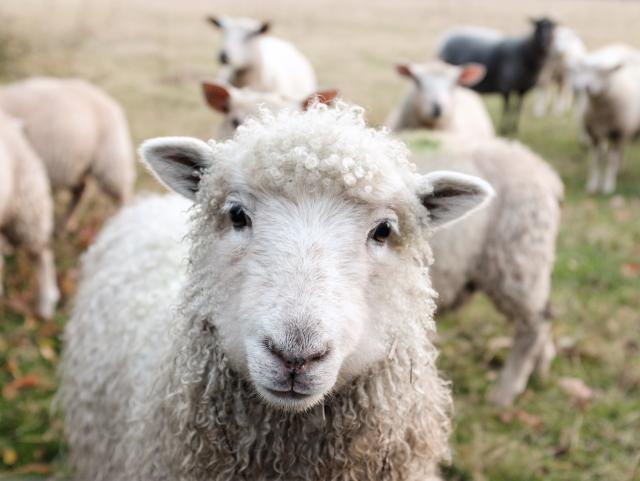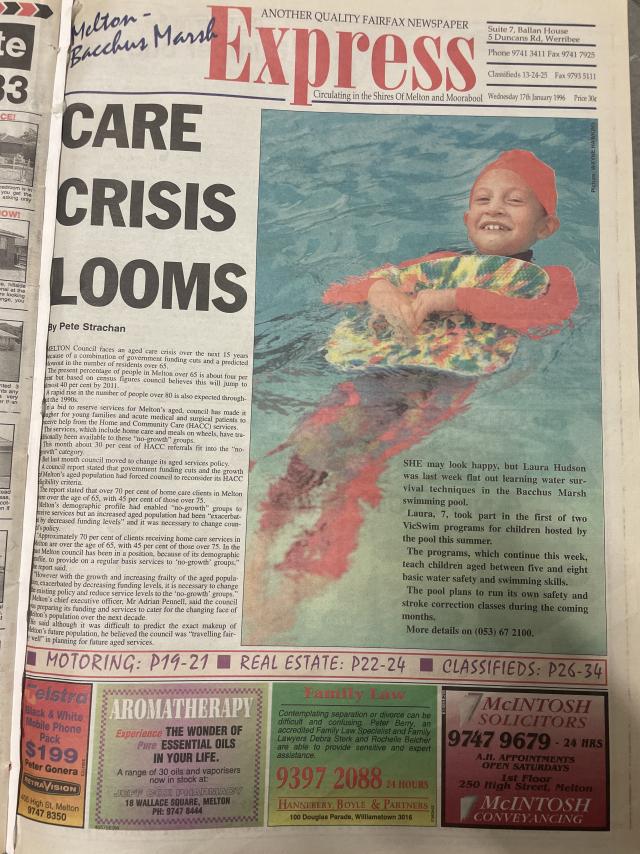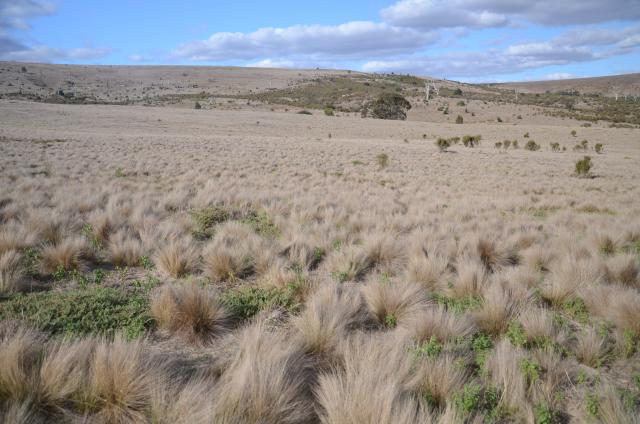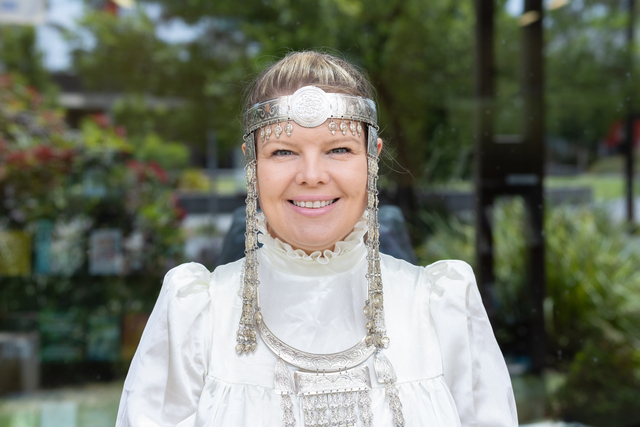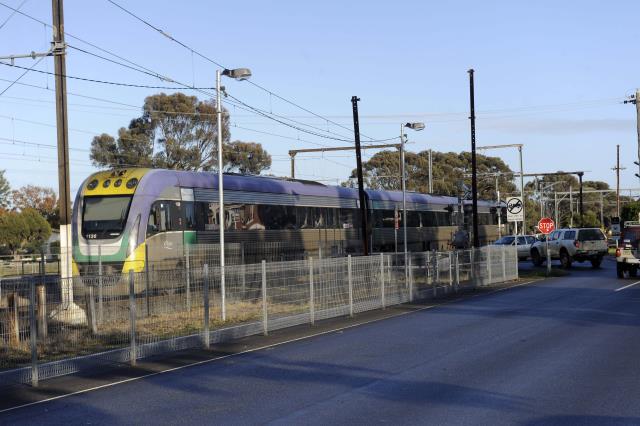Australia’s sheep flock and its breeding ewe numbers have reached their highest levels since 2007 following three consecutive years of above-average rainfall in Australia’s sheep regions including Moorabool.
The data comes from the latest Sheep Projections update from Meat and Livestock Australia (MLA), and MLA senior market information analyst Ripley Atkinson said it will lead to record lamb production and export volumes, as well as high mutton production.
“This will ensure that Australia can continue to meet its domestic and ever-increasing global demand for high quality sheep meat,” he said.
Moorabool farmer and Moorabool farmer and Victorian Farmers Federation (VFF) livestock president Scott Young said that the high stock level is a good thing for the industry, although it means farmers are getting lower prices for their meat.
Six months ago Mr Young was being quoted about eight dollars per kilo for meat six months ago and now it’s about $5.20, but he hasn’t seen those prices passed onto the consumer.
“There’s an opportunity for the prices to be lower in the supermarkets with the price that the farmers are getting,” he said.
“Farmers are getting the lowest prices in the last few years, which we accept but we feel the customers should get those low prices as well.”
Lamb production is expected to reach 540,000 tonnes in 2023, still beating 2022’s record production of 534,500 tonnes.
Mr Atkinson said that the supply of lambs entering the market will continue to flow through the system with another good lamb drop expected this season.
“This will allow for continued high slaughter numbers, flowing through to increased production in 2023 and 2024,” he said.
Mr Young said he’s less confident than the MLA that high supply will last due to speculation of a coming El Nino weather pattern.
“We’re governed by the weather… If spring and summer are dry people will look at selling off breeding stock and reducing numbers,” he said.
“As a producer I’m already planning for supplies in case it ends up being a drier than average spring and summer.”

